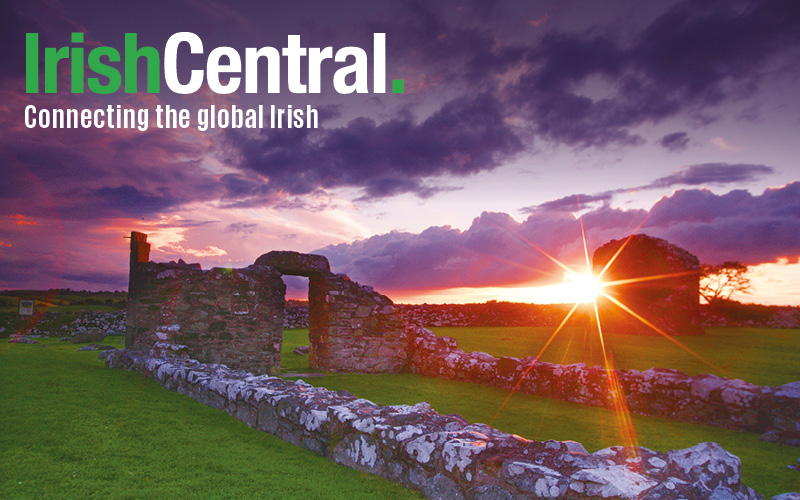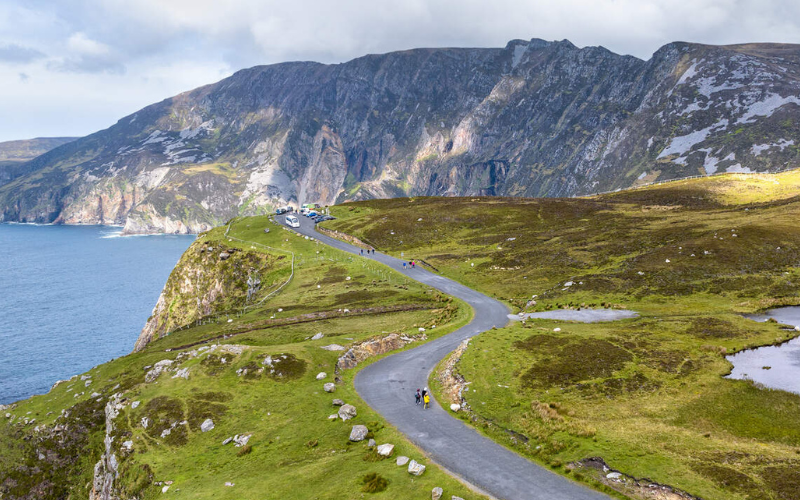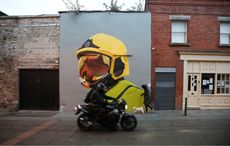Belfast, Northern Ireland’s most populous city, offers the buzz and vibrancy of a capital city while being a gateway to the rural retreat of Northern Ireland.
At the head of Belfast Lough, the city is compact and easy to get around, whether by car or on foot. Like all capital cities, Belfast offers a wide range of accommodation to suit all pockets, from cozy B&Bs around the Queen’s University, to well appointed riverside self-catering establishments, to city center boutique hotels.
Belfast is teeming with a multitude of stylish bars, gourmet restaurants, trendy clubs and some of the best shopping in the U.K. Visitors can enjoy traditional Irish music in a local pub or dance the night away to the latest vibes – the choice is theirs!
The birthplace of the Titanic, Belfast's industrial heritage has shaped a city steeped in culture, shown at the City Hall, the Ulster Folk and Transport Museum and the city's many preserved historic buildings. Also, the city's many parks, gardens and galleries offer a perfect haven to relax.
Within a couple of hours of Belfast, visitors can marvel at the Giant's Causeway, walk the Mountains of Mourne, fish in Fermanagh or visit the many picturesque villages that abound -- all perfect locations form which to discover the rest of Northern Ireland.
When planning a trip to Belfast, here are some highlights that you won’t want to miss:
Ulster Museum: In the Botanic Gardens, its collections include contemporary international art, Irish art, Irish furniture, glass, silver, ceramics and costume, and a display of life in Ireland over 9,000 years. Perhaps the best-known collection is the gold and silver jewelry recovered by divers in 1968 from the Spanish Armada treasure ship Girona, wrecked off the Giant's Causeway in 1588.
Linen Hall Library: Located near City Hall, this facility was established in 1788 to improve the mind and excite a spirit of general inquiry. Includes an important Irish collection of over 20,000 volumes, with a Robert Burns collection. Archive material can be viewed by appointment.
Crown Liquor Saloon: Belfast's most famous pub, the Crown Liquor Saloon, once a railway hotel, has been restored by the conservationist National Trust.
Botanic Gardens: The Palm House dates from 1839, an elegant structure of curved glass and cast iron recently renovated. In the Tropical Ravine, plants grow in a sunken glen.
Home Front Heritage Centre: Nostalgic exhibits from World War II. The museum of the Royal Ulster Rifles, a famous regiment raised in 1793, is in the same building.
Belfast Zoo: In a picturesque mountain park high above the city.
Cave Hill: Climb the hill beyond Belfast Castle for a great view. A prominent rock at the top, known as MacArt's Fort, is where the United Irishmen planned rebellion in 1795.
Belfast Port and Harbour: City bus tours pass by the wharf where the Titanic was built. Occasional tours of the harbour and the historic Harbour Office.
Lagan Valley Regional Park: Pleasant walks along the towpath past canal locks and lock-houses.
Dixon Park: The City of Belfast international rose trials are held in this beautiful park every year in July. At any time in the summer, there are always at least 100,000 blooms to see.
Visit an art gallery, step into St. Anne's Cathedral, go souvenir hunting for fine Irish linen, pottery and hand-cut crystal in Belfast's covered arcades. If the sun is shining, drive out to Stormont for a glimpse of this impressive former Parliament building.
In the evening book into the, Grand Opera House or see a theater performance. You may decide to end up at a musical pub like the Duke of York, or atmospheric Kelly's Cellars.
The City Hall, built around 1903, dominates the main shopping area. Built in the grand Classical Renaissance style, with an Italian marble interior, it looks rather like American state capitol buildings except for the big statue of Queen Victoria at the front.
She came to Belfast in 1849 -- gave the town the status of city -- and must have been held in high esteem by its citizens since dozens of streets, a hospital, a park, a man-made island, the harbour deep-water channel and the University were all named after her.
Half a century and half a mile separate the City Hall from Queen’s University, with its mellow brickwork and Tudor cloister. It was built in 1849 by Charles Lanyon who designed more fine buildings in Belfast than anyone before or since. The university area is full of charming Edwardian terraces with magnolia trees in their front gardens.
This southern part of the city is good for moderately priced restaurants, pubs and accommodation, and for shopping and theater.
TIPS FOR YOUR BELFAST VISIT
Getting there
With three airports, direct sea crossings from Scotland and England, a direct rail link from Dublin and air service to Belfast, getting to Belfast and Northern Ireland has never been easier. You can fly direct to Belfast from over 20 European cities as well as from a number of North American locations, including Newark Airport. Belfast is served by two airports, Belfast International Airport 17 miles north west of Belfast and the George Best Belfast City Airport, three miles east of the city center.
Where to stay
Belfast has a wide range of accommodation styles from hotels, guesthouses, B&Bs, hostels, self-catering and camping and caravaning. Within that range there is something to suit every taste from the most luxurious five star hotel to comfortable hostel accommodation. For detailed information on accommodation, visit www.gotobelfast.com.
Getting around
Belfast is not a “must have a car” type of city. It has an excellent public transport system, and the center of town is like most old cities -- it’s full of eccentric little alleyways with quaint old names and the streets are walkable and redolent with history.
Information
To customize your Belfast itinerary, visit www.discovernorthernireland.com, which offers rich detail about Belfast and other Northern Irish locations, and www.gotobelfast.com, which will fill you in on the very best this very unique city has to offer.



Comments